Lately, passenger to freighter conversions tend to involve increasingly young jets, a side-effect of worrying developments in the industry.
Elbe Flugzeugwerke GmbH is a mouthful for most of us, so most refer to it as EFW, for short. This is a joint venture between Airbus and ST Engineering, in Singapore. ST has substantial experience with passenger to freighter conversions, since the mid-1990s. Right now, EFW has conversion sites in Singapore, Guangzhou in China and Dresden in Germany.
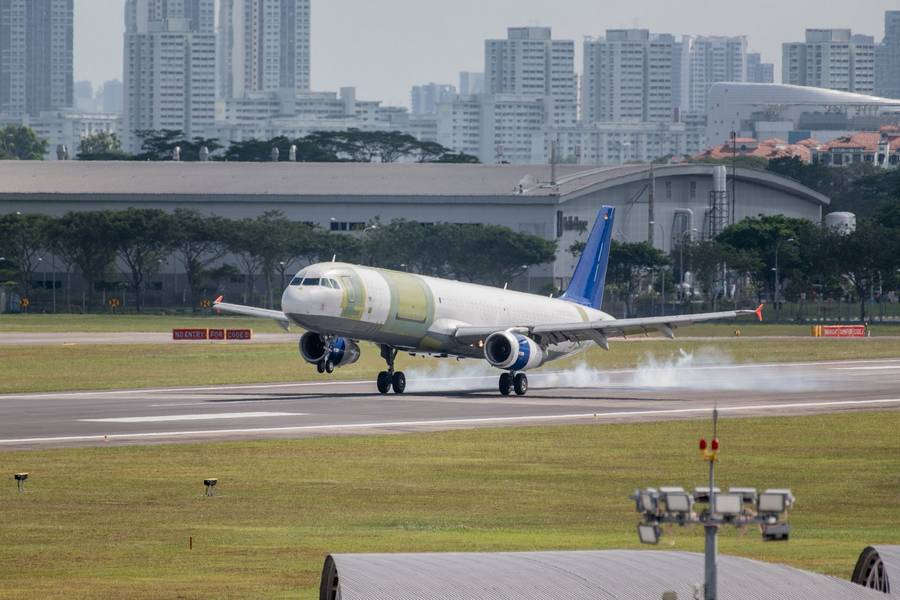
EFW is converting A320/321 and A330 aircraft to freighters. And in recent days, one of its freighter conversions caught people’s attention, because it involved a rather young jet. Typically, airliners that undergo passenger-to-freighter (P2F) conversion are about 15-20 years old; often they’re even older.
The plane in the story is an Airbus A330-343. Its registration at the time of conversion was M-SKAL (now D-AJFK). Its Airbus MSN is 1477, and its first operator was Singapore Airlines. It had its first flight in November 2013. So this aircraft isn’t even 8 years old yet! HiFly in Malta planned to take it up in early 2020 before the pandemic changed its plans.
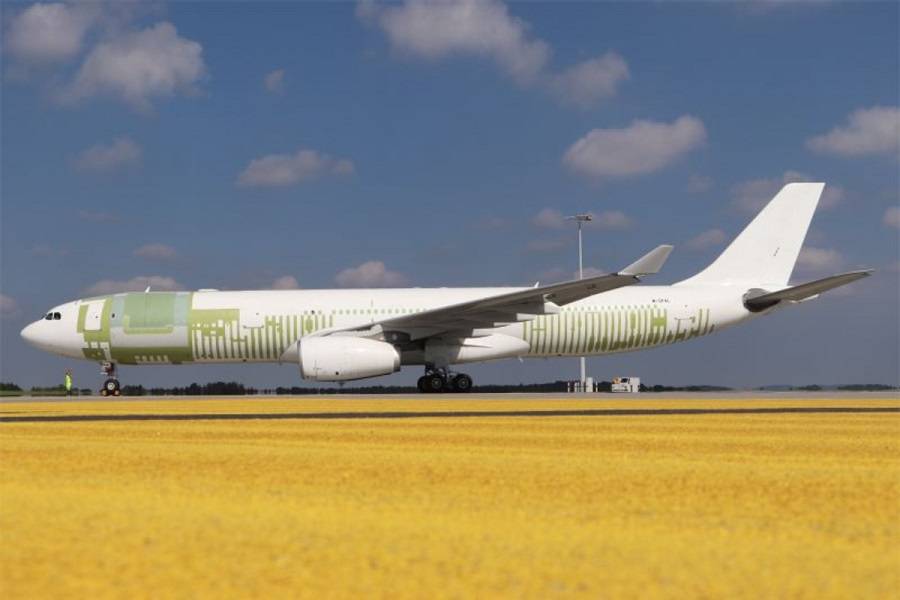
Young Freighter Conversions – The First Of Many?
EFW confirms that this is the most young of all of their freighter conversions to date. So, what does this mean? And why do jets usually undergo conversion at greater age? The latter question is key here, so let’s start with that one. In overly simplistic terms, it has to do with how aircraft lose their value over time. It also has to do with the length of the contract, between the lessor and the airline. The original owner of this young A330-300 was lessor Meridian Aviation Partners.
At a certain age, aircraft become affordable enough that it makes financial sense to convert them into freighters. So, 15-year-old jets would normally be on the young side, for freighter conversions. And while the ‘ideal’ conversion age can vary between aircraft types, this isn’t quite the case here. The problem isn’t with the A330 specifically, it is with older widebodies in general.
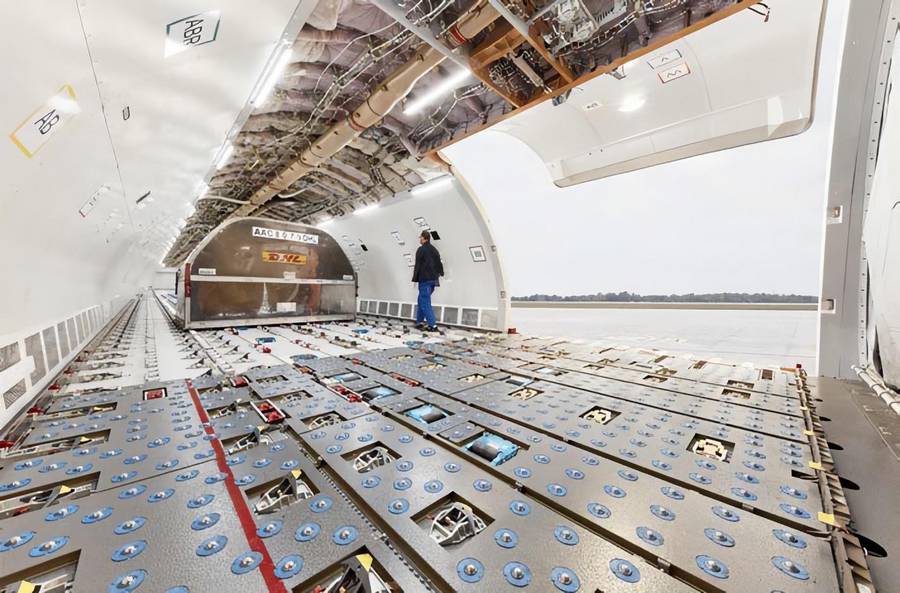
Predictably, it’s the pandemic that had a dramatic effect on the cost of these jets. And with that, jets that would previously be too young to become freighter conversions, suddenly aren’t. On the one hand, this presents a good opportunity for new cargo operators. Or, it can (and does) speed up refleeting plans for existing operators. That young freighter further up will join DHL’s fleet, which has a mix of conversions and factory freighters.
Dropping values could also benefit some aspiring low-cost, long-haul operators. One difficulty with this operational model had to do with utilization that was too low to cover aircraft ownership costs. But if lessor cost is a fraction of what it used to be, this can change dramatically. Or at least that’s what startups like FlyPop are hoping for.
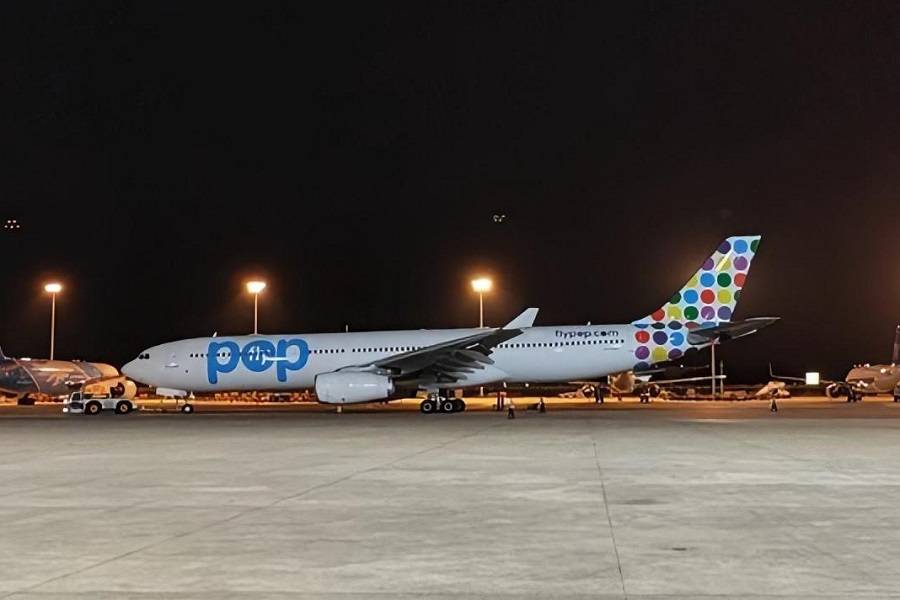
Unhappy Lessors And Owners
But while the causes of young freighter conversions are positive for cargo companies and low-cost startups, others may see the situation differently. The leasing market is shrinking. In the future, weaker lessors could mean that some airlines won’t be able to finance new aircraft purchases. And obviously, these dropping values are bad news for any airlines owning their aircraft outright.
DHL already got a second A330-300 conversion, with tail number D-ACVG. It’s 11-and-a-half years old. But young or not, at least these freighter conversions are happening. Some aircraft, like the A380 and A318, can’t have a second career as freighters. 747s can’t have that front door retrofitted, so they’d be uneconomical as freighters. The door matters because it permits the loading of oversize cargo, that twin-engined aircraft can’t handle. Owners of these unconvertable aircraft can’t extend their use any further.
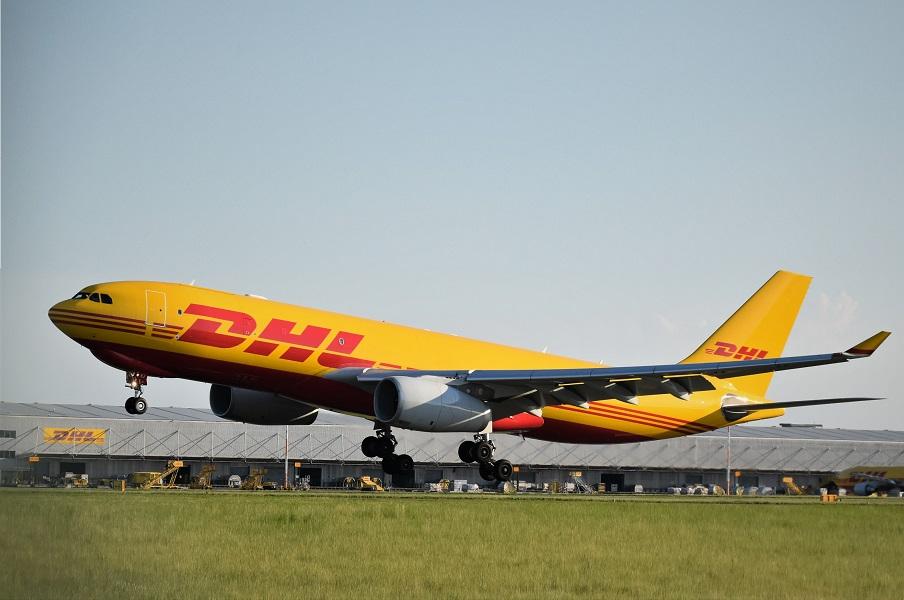
Finally, these young freighter conversions involve the A330-300. Airbus’ factory widebody freighter used the fuselage of the shorter A330-200. It’s interesting to see cargo operators opting for the longer aircraft variant. Firstly, more of these are available in the second-hand market. But this also shows that cargo operators are now focusing more on volume. The longer variant can’t really carry more weight, but it can handle more volume. This is an effect of the rise of e-commerce, as we’ve seen.
Many analysts and company managers are looking on nervously, to see what shape the aviation market will have, once the pandemic really subsides. Cargo operators are likely happy with their new freighters, but some are bracing themselves for trouble, elsewhere.



